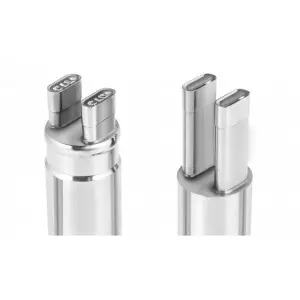Standard Shaped Tooling Manufacturers In Solan
Details of Standard Shaped Tooling
Being one of the recognized providers in the industry, we present a clear method for changing Standard Shaped Tooling efficiently. This process is crucial for maintaining production quality and minimizing downtime in manufacturing setups where tooling shapes need frequent changes.
Preparing for Tooling Change
Before starting the tooling change, ensure the machine is powered off and all safety protocols are followed. Clear the workspace around the machine to provide ample room for the operator. Gather all necessary tools and replacement tooling parts in advance to avoid delays during the process.
Removing the Existing Tooling
Begin by loosening the clamps, bolts, or screws holding the current tooling in place. Use appropriate wrenches or screwdrivers as required by the machine design. Carefully detach the existing tooling from the machine, ensuring not to damage any adjacent parts or the tooling itself if it is to be reused.
Cleaning and Inspection
Once the tooling is removed, clean the tool holder and surrounding areas thoroughly to remove any debris, oil, or residues. Inspect the mounting surfaces and tooling components for wear or damage. This step is important to ensure proper alignment and secure fitting of the new tooling.
Installing the New Tooling
Position the new standard-shaped tooling carefully onto the tool holder or machine interface. Align it accurately according to the machine specifications and drawings. Tighten all clamps, bolts, or screws evenly to secure the tooling firmly, preventing any movement during operation.
Final Checks and Testing
After installation, manually rotate or move the tooling to confirm smooth operation and correct alignment. Check for any unusual noise or resistance. Power on the machine and run a test cycle at low speed to verify proper functioning. Adjust settings as needed before full production resumes.
Documentation and Maintenance
Record the tooling change details, such as date, tooling type, and operator name, for maintenance logs. Regularly inspect tooling during production runs to detect early signs of wear or damage. Proper maintenance extends tooling life and ensures consistent product quality.

